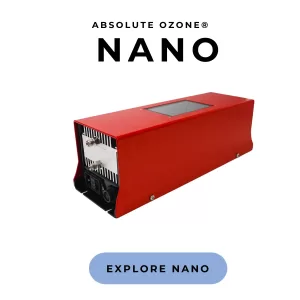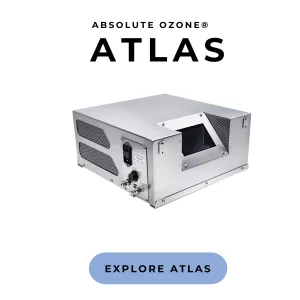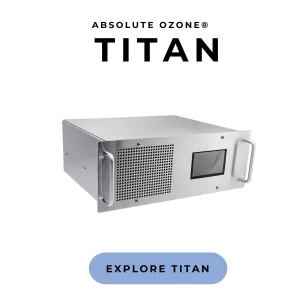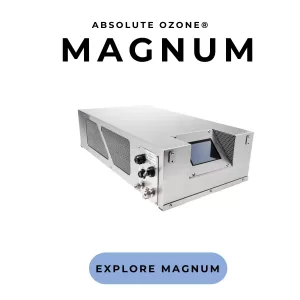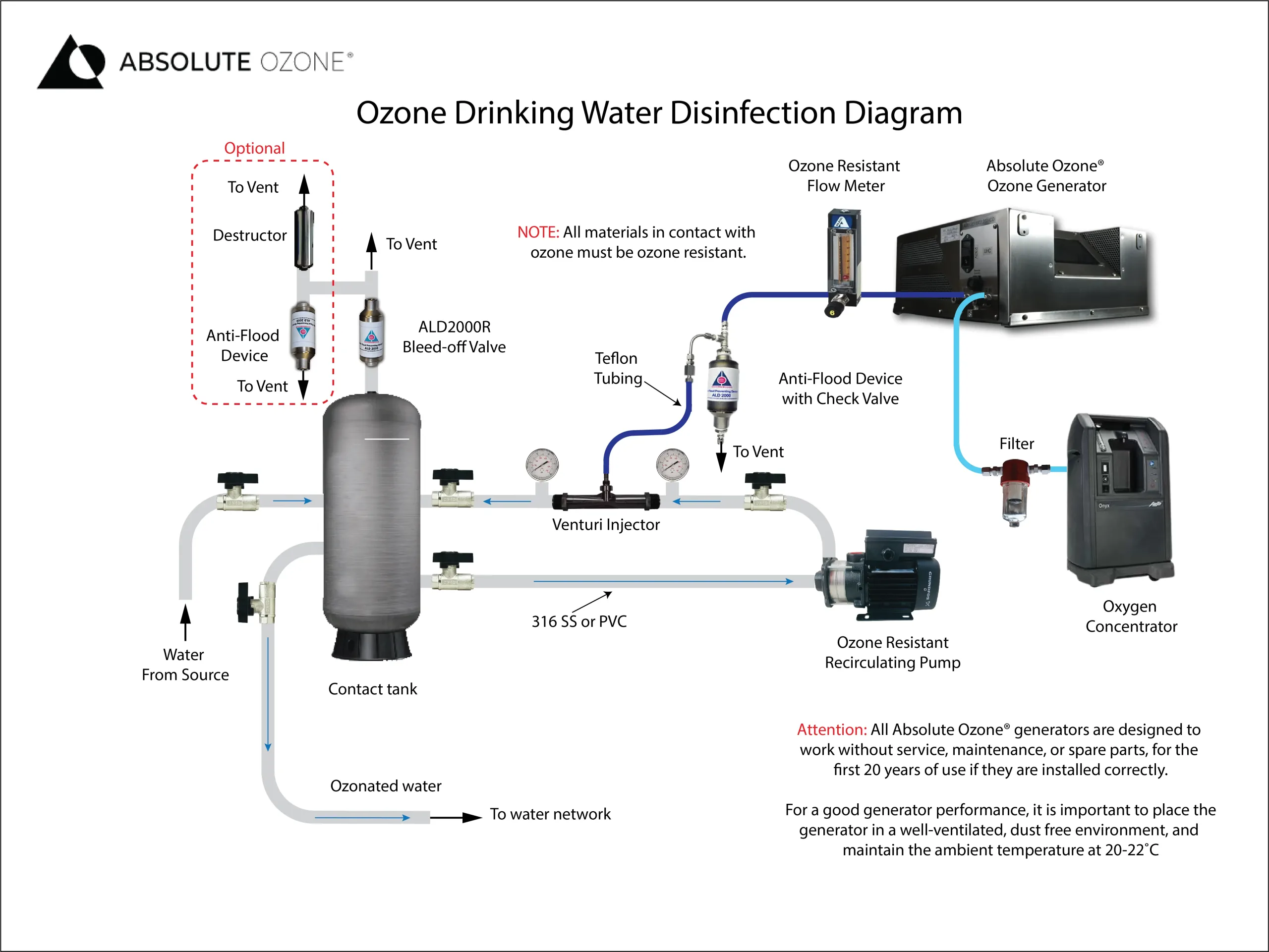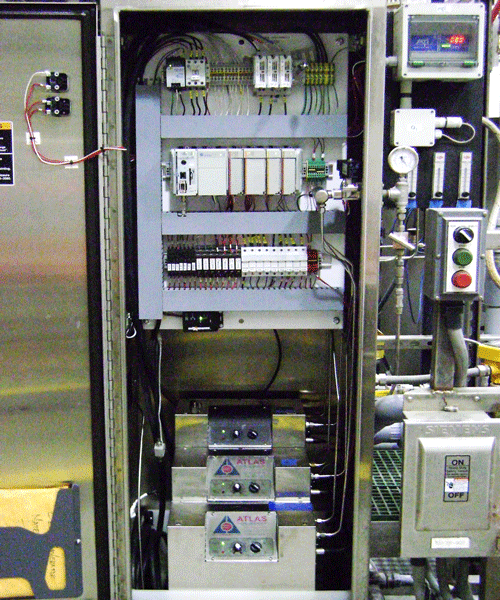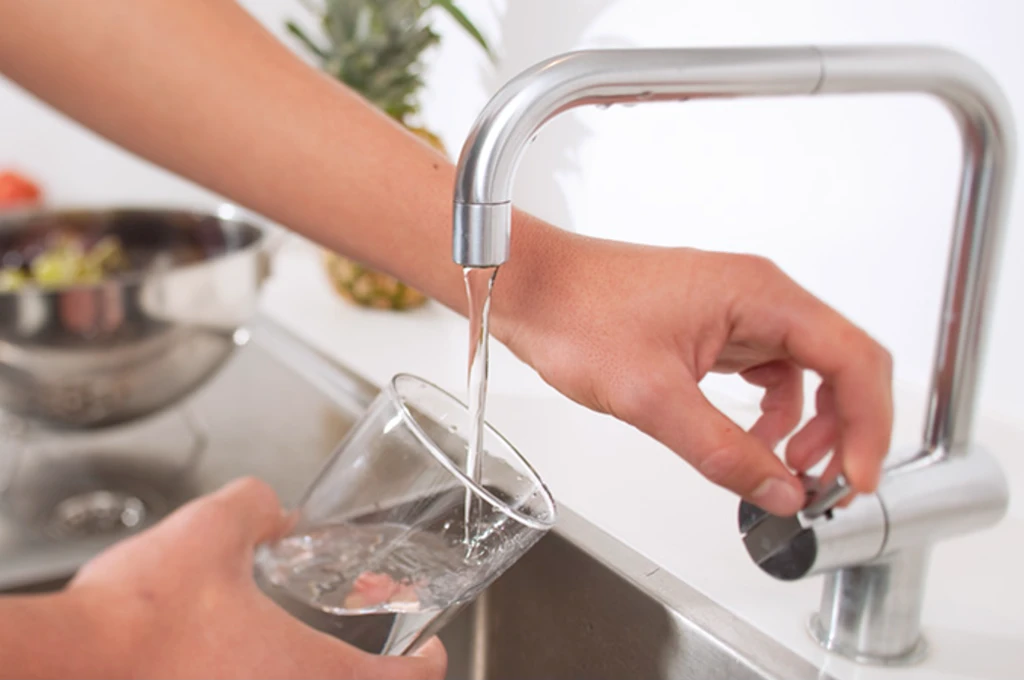
KEY FEATURES:
- It is the most economical method of water disinfection
- It is not associated with any harmful illnesses, unlike most chemical disinfectants
- Suitable for any drinking water disinfection system
- Is the most effective and fastest-reacting disinfectant
- Injection systems can be easily automated and do not require any supervision
- Implementation can be easily monitored, even remotely
- Implementation does not require any storage facility or specially trained personnel
- It does not create any residue that has to be rinsed or flited down from the water
- It is ecologically clean and does not harm the environment
OZONE DRINKING WATER DISINFECTION
An Effective and Chemical-Free Alternative for Safe Water Treatment
Microbiological contamination in drinking water is a serious public health concern and one of the main causes of illnesses such as gastroenteritis. Disinfectants have long played a crucial role in inactivating microbial pathogens to prevent waterborne diseases. However, many traditional chemical disinfectants—such as chlorine, chlorine dioxide, and hydrogen peroxide—can produce harmful disinfection by-products (DBPs) when they react with natural organic matter in water.
Chlorination has historically been the most widely used disinfection method. While effective against pathogens, its by-products, particularly trihalomethanes (THMs) and haloacetic acids (HAAs), have been associated with potential health risks. Long-term exposure to these compounds has been linked to an increased risk of bladder cancer and other adverse effects, according to the U.S. Environmental Protection Agency (EPA) and the World Health Organization (WHO).
To reduce these risks, the EPA has implemented stricter regulations, including the Stage 1 and Stage 2 Disinfectants and Disinfection Byproducts Rules, which set maximum contaminant levels for DBPs in drinking water.
In response, water treatment facilities and bottled water producers are increasingly turning to ozone as a safer, non-chemical alternative. Ozone (O₃) is a powerful oxidant that effectively inactivates bacteria, viruses, and protozoa without leaving harmful residues or by-products. It rapidly decomposes into oxygen after treatment, making it a clean and environmentally friendly option for water disinfection. According to the International Ozone Association (IOA), ozone is among the most effective technologies available for water purification and is approved by the FDA for use in bottled water treatment.
By adopting ozone-based disinfection, water producers can ensure microbiological safety while avoiding the formation of regulated DBPs, aligning with both public health goals and environmental best practices.
How ozone water treatment works
Ozonation is a process of oxidation used to disinfect water and remove organic and inorganic contaminants. The process begins with the generation of ozone (O₃) on-site using an ozone generator, which applies an electrical discharge to pure oxygen (O₂), splitting the molecules into individual oxygen atoms. These atoms then recombine to form ozone, a highly reactive oxidizing gas.
Once generated, ozone gas is dissolved into water, typically via a venturi injector, where it reacts with contaminants. Ozone works by breaking molecular bonds through oxidation, which destroys bacteria, viruses, protozoa, fungi, and various organic pollutants. The result is clean and safe water, free from harmful chemical residues.
Key Stages in Ozone Water Treatment:
-
Ozone Generation: High-purity oxygen is exposed to a corona discharge, producing ozone on demand.
-
Ozone Injection: The gas is dissolved into the water using specialized injectors, such as venturis or static mixers.
-
Contact Time: The water is held briefly in a contact tank (typically for a few minutes) to allow the ozone to fully react with the contaminants.
-
Oxidation & Disinfection: Ozone oxidizes and breaks down:
-
- Pathogens (e.g., E. coli, Giardia, Cryptosporidium, viruses)
- Natural organic matter
- Pesticides and pharmaceuticals
- Iron, manganese, and sulfur compounds
- Unpleasant odors and taste-causing substances
Surprisingly, another reason is that ozone disinfection is no longer more expensive. It is considerably more economical than any chemical alternative, thanks to the development of new generations of highly efficient ozone generators, such as Absolute Ozone.
How much Ozone is needed to disinfect water?
The amount of Ozone needed to disinfect water depends on several factors, including the type and concentration of contaminants in the water, the temperature, the pH of the water, and the desired level of disinfection.
As a general guideline, the recommended Ozone concentration for drinking water disinfection is between 0.2 and 0.5 mg/L. For water with higher levels of contaminants, a higher concentration of Ozone may be necessary. The contact time required for disinfection also depends on the ozone concentration, with longer contact times typically required for lower ozone concentrations.
It is essential to note that while Ozone is an effective disinfectant, it is also a highly reactive substance that can quickly break down into oxygen. Monitoring the ozone concentration in water and the contact time is essential to ensure an adequate disinfection level.
Get started today by contacting us to discuss your project specifications and requirements. Our team of engineers will be happy to assist you in selecting the best industrial ozone generator for your specific needs and provide a customized ozone water treatment system tailored to meet your requirements.
Ozone Disinfection Costs
We will perform all the necessary calculations to provide you with the best generator for your specific application. Additionally, we will recommend the necessary accessories and components. One of our studies demonstrated that correctly installed and operated ozone generators can disinfect water for less than $0.03 per cubic meter. If you have a water disinfection project and would like to know if ozone treatment is suitable for your needs, please contact us now. Absolute Ozone® provides unlimited assistance to ensure your success.
Why absolute Ozone generators are the best choice for water treatment
We have a highly experienced and knowledgeable engineering team that can assist you in the following areas:
- Selecting the Right Size Absolute Ozone® Ozone Generator for Your Ozone Drinking Water Application
- Ensure you have the correct air preparation/feed gas to supply the oxygen concentrator or help choose the correct oxygen supply.
- Supply all necessary accessories, such as online monitoring and control equipment.
- Help with a complete initial design, installation guidance, and process details with maximum profitability.
- Provide full technical support from expert application engineers every step of the way, before installation and throughout the years.
Contact us now. Our staff will help you explore all the possibilities Ozone can offer your project.

